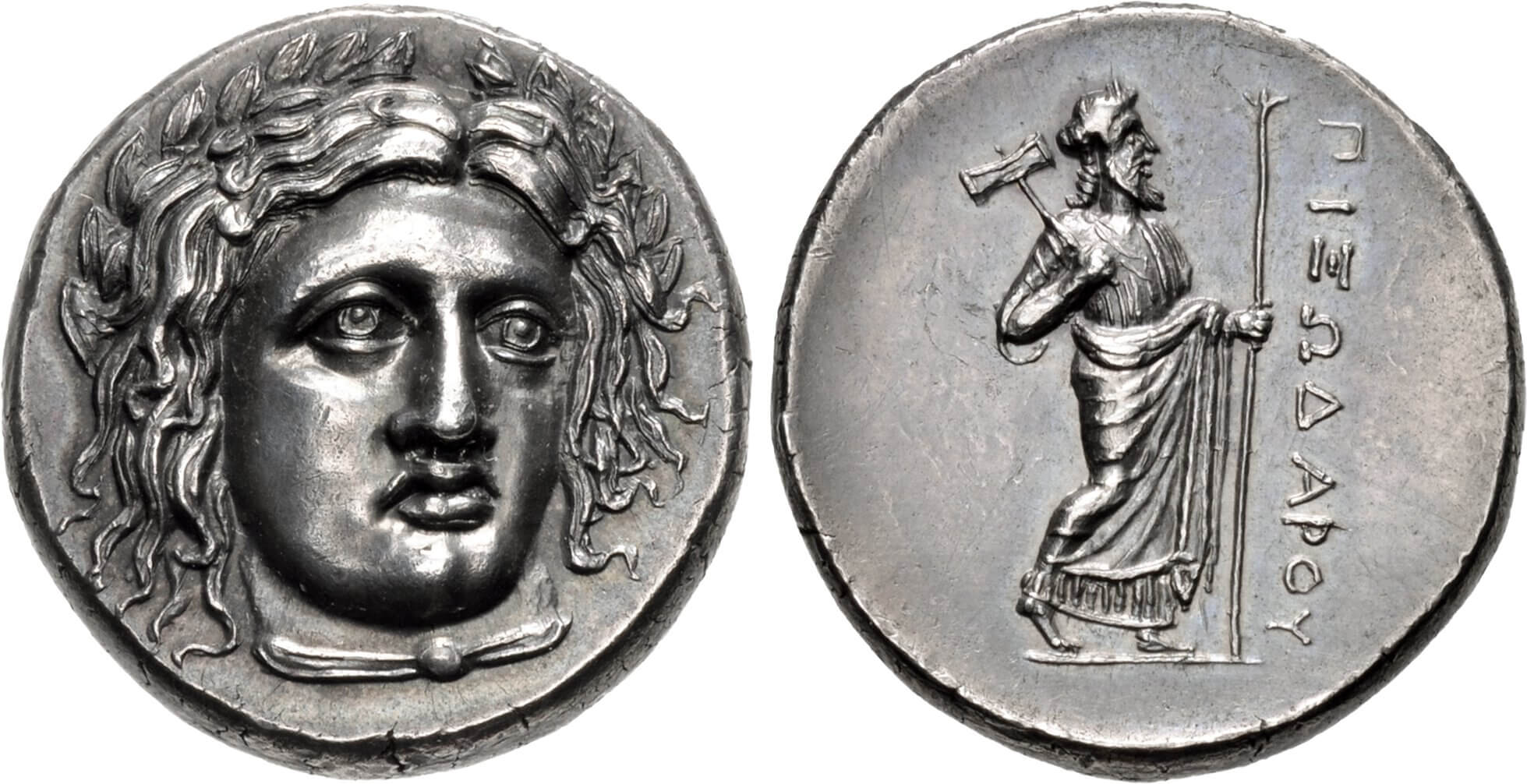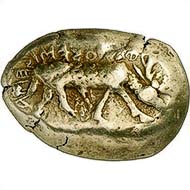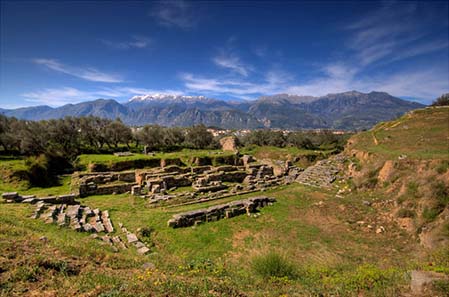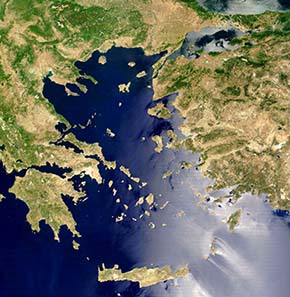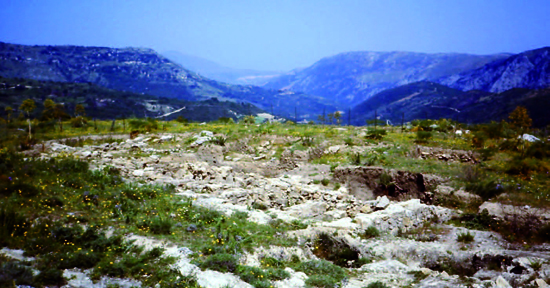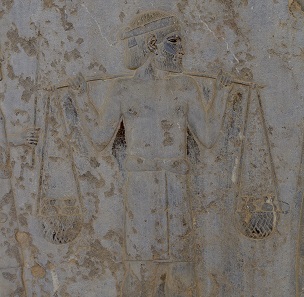Pixodaros – Satrap of Caria
CNG’s Triton XXIV will be held on 19 and 20 January 2021 as a live online sale. One of the pieces offered in this auction is an extremely rare tetradrachm of Pixodarus, who almost became the father-in-law of Alexander the Great. We tell his story.




